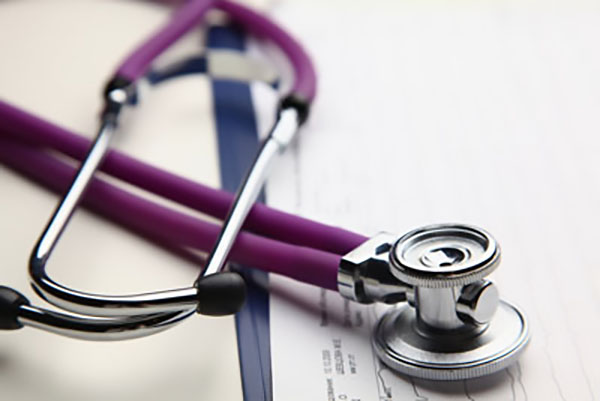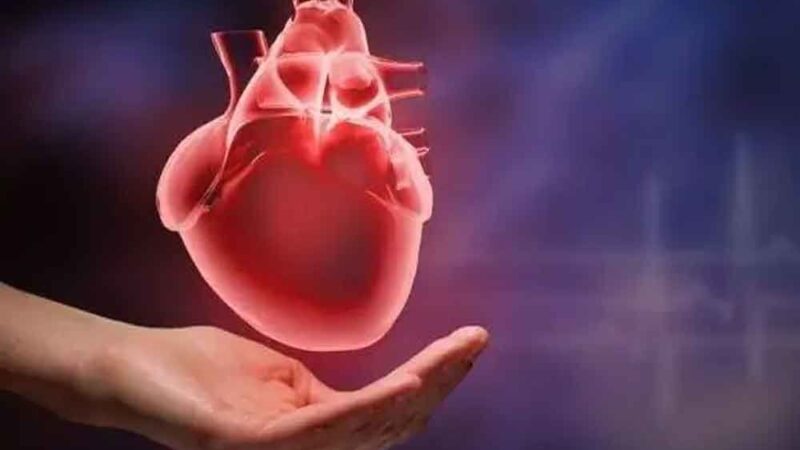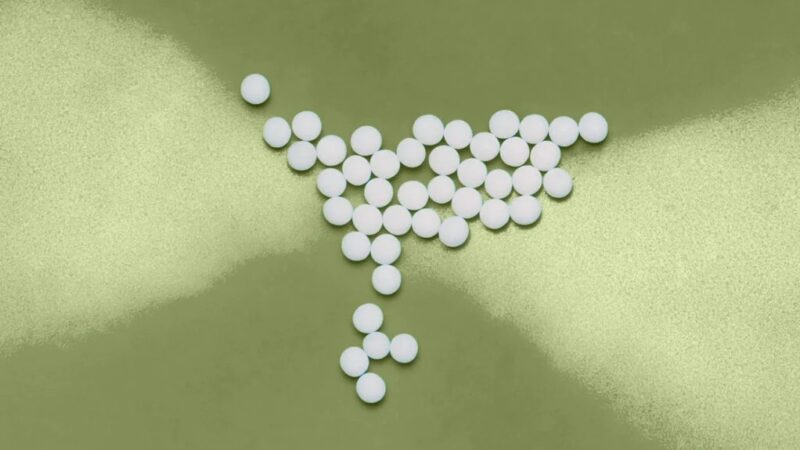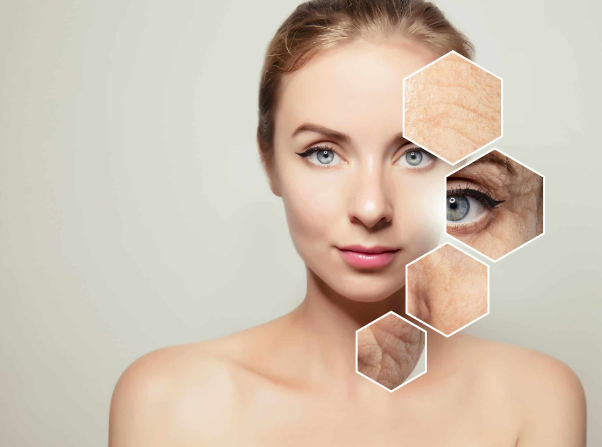Mastering Mammography: Your Complete Guide to Comprehensive Education

Key Takeaways:
- Mammography is crucial in the early detection of breast cancer, leading to higher survival rates.
- Mammography can detect breast cancer up to two years before it can be felt during a breast self-exam.
- Mammography has real-life success stories of detecting cancer early and saving lives.
- Common myths about mammography, such as it being painful or causing harm, should be debunked.
- Technological advancements in mammography include 3D imaging, tomosynthesis, and AI-assisted interpretation.
- Before a mammogram, inform your healthcare provider and avoid substances that may interfere with the results.
- Discomfort during a mammogram can be minimized by communicating concerns, scheduling at the right time, and taking pain relievers if needed.
- Key questions to ask your healthcare provider about mammography include risks, frequency, alternative options, and family history considerations.
- Screening guidelines for mammography vary based on age and individual risk factors.
- Understanding mammography result classifications and considering additional testing when necessary.
- Mastering mammography is essential for comprehensive breast cancer education and improved detection outcomes.
1. The Importance of Mammography in Breast Cancer Detection
Mammography plays a crucial role in the early detection of breast cancer, saving countless lives every year. It is a screening tool that uses low-dose X-rays to examine the breasts for any abnormalities or signs of cancer. Early detection is key in improving the chances of successful treatment and increasing survival rates.
Understanding the Role of Mammography in Early Detection
Mammography is primarily used to detect breast cancer in its early stages when there are no noticeable symptoms. It can identify small tumors or irregularities in the breast tissue that may not be detectable by physical examination alone. By detecting these abnormalities at an early stage, mammography allows for timely intervention and treatment.
Regular mammograms can detect breast cancer up to two years before it can be felt during a breast self-exam. This is particularly important because early-stage breast cancer is often highly treatable, with a better prognosis and an increased chance of successful treatment.
How Mammography Saves Lives: Real-Life Success Stories
The impact of mammography on breast cancer outcomes cannot be overstated. Countless real-life success stories showcase the life-saving potential of this screening method. Women who have undergone regular mammograms have had their cancer detected early, leading to successful treatment and recovery.
These success stories serve as a powerful reminder of the importance of mammography education. By detecting breast cancer in its early stages, mammography has the potential to save lives and help women maintain their quality of life.
Debunking Common Myths About Mammography
Despite its proven effectiveness, there are still some common myths surrounding mammography that may discourage women from getting screened. It’s crucial to debunk these myths and provide accurate information to ensure that women understand the value and importance of mammography.
One common myth is that mammography is painful or causes harm. While some women may experience discomfort during the procedure, it is generally well-tolerated and the benefits outweigh any temporary discomfort. Furthermore, the radiation exposure during a mammogram is minimal and poses no significant risk.
2. The Latest Technological Advancements in Mammography
Mammography technology continues to evolve, offering advancements that enhance the accuracy and efficiency of breast cancer screening. These innovations are revolutionizing the field and improving outcomes for women undergoing mammograms.
Exploring 3D Mammography: The Future of Breast Cancer Screening
Three-dimensional (3D) mammography, also known as digital breast tomosynthesis, is an advanced imaging technique that provides a more detailed view of the breast tissue. Unlike traditional 2D mammograms, which capture a single image of the breast, 3D mammography creates a series of images that are reconstructed into a three-dimensional view.
This innovative technology allows radiologists to examine the breast tissue layer by layer, reducing the chances of missing small tumors or abnormalities. It has been shown to improve the detection of invasive cancers and reduce the number of false-positive results, leading to more accurate diagnoses.
Tomosynthesis: Unveiling a New Dimension in Mammography
Tomosynthesis is a breakthrough in mammography that offers improved visualization of breast tissue. It works by taking multiple X-ray images from different angles and reconstructing them into a three-dimensional image. This provides a more detailed view of the breast and helps radiologists identify abnormalities with greater precision.
The use of tomosynthesis in combination with traditional 2D mammography has been found to increase the detection of breast cancers, particularly in women with denser breast tissue. It allows for a more comprehensive evaluation of the breast, reducing the chances of false-negative results.
The Power of Artificial Intelligence in Mammography Interpretation
Artificial intelligence (AI) is revolutionizing many industries, and mammography interpretation is no exception. AI algorithms are being developed and integrated into mammography systems to assist radiologists in detecting and diagnosing breast cancer.
These AI algorithms analyze mammograms, identifying patterns and anomalies that may indicate the presence of cancer. By leveraging machine learning, AI systems can learn from vast amounts of data, continually improving their accuracy and performance.
AI-assisted mammography interpretation has the potential to improve the efficiency and accuracy of breast cancer screening. It can help radiologists identify subtle changes in breast tissue and reduce the chances of missed diagnoses.
3. Preparing for a Mammogram: What to Expect
Knowing what to expect and how to prepare for a mammogram can help alleviate any apprehension or anxiety. While the procedure itself is relatively quick and straightforward, being prepared and informed can make the experience more comfortable.
What Every Woman Should Know Before Getting a Mammogram
Prior to your scheduled mammogram, it’s important to inform your healthcare provider about any breast changes, symptoms, or concerns you may have. This information will help guide the radiologist in interpreting the results.
It’s also recommended to avoid using any deodorants, lotions, or powders on the day of the mammogram, as these substances can interfere with the X-ray images. Wearing a two-piece outfit can facilitate undressing from the waist up, making the process more convenient.
How to Minimize Discomfort During a Mammogram
While mammograms may cause some discomfort, there are steps you can take to minimize it. Communicating any concerns or apprehensions to the technologist performing the mammogram is essential. They can provide guidance and support, ensuring your comfort throughout the procedure.
Additionally, scheduling your mammogram when your breasts are less tender, such as the week after your period, can help reduce discomfort. Taking over-the-counter pain relievers, as recommended by your healthcare provider, may also alleviate any discomfort you may experience.
Key Questions to Ask Your Healthcare Provider About Mammography
When scheduling your mammogram or during a routine visit with your healthcare provider, it’s important to ask any questions or seek clarification on any concerns you may have about mammography. Some key questions to consider include:
- What are the potential risks and benefits of mammography?
- How often should I have a mammogram?
- Are there any alternative screening options available?
- What should I do if I have a family history of breast cancer?
Asking these questions can help you make informed decisions about your breast health and ensure that you receive the appropriate screening and care.
4. Navigating Mammography Guidelines and Frequency
Mammography guidelines vary depending on several factors, including age, personal and family medical history, and overall breast health. Understanding these guidelines and the recommended frequency of mammograms can empower women to make informed decisions about their screening schedule.
Understanding Screening Guidelines for Different Age Groups
The guidelines for mammography screening differ based on age due to the varying risk levels at different stages of life. The American Cancer Society recommends that women start annual mammograms at age 40, while the U.S. Preventive Services Task Force suggests starting biennial screening at age 50 for most women.
However, it’s important to note that these guidelines are general recommendations, and individual risk factors should be considered when determining the appropriate screening schedule. Women with a higher risk of breast cancer, such as those with a family history or certain genetic mutations, may need to start screening earlier and undergo more frequent mammograms.
Interpreting Mammography Results: What You Need to Know
Mammogram results are typically classified as normal, benign, suspicious, or malignant. Understanding these classifications can help you interpret your mammography results and take appropriate action.
A normal result indicates that no abnormalities were found, providing reassurance that there are no signs of breast cancer. A benign result means that a noncancerous abnormality was identified, which may require further evaluation but is not indicative of cancer.
If a suspicious result is obtained, additional testing may be necessary to confirm or rule out the presence of cancer. Finally, a malignant result indicates the presence of breast cancer, requiring immediate attention and further diagnostic procedures.
When to Consider Additional Testing After a Mammogram
In some cases, additional testing may be recommended following a mammogram. This can be due to various factors, such as a suspicious finding on the mammogram, dense breast tissue that may obscure abnormalities, or a history of breast cancer in the family.
The additional tests may include diagnostic mammograms, breast ultrasound, or MRI scans. These tests provide more detailed information and help healthcare providers accurately assess any abnormalities detected during the initial mammogram.
In conclusion, mastering mammography is key to comprehensive breast cancer education. Understanding its importance in early detection, staying informed about the latest technological advancements, knowing what to expect during a mammogram, and navigating guidelines and frequency are all essential components of breast health. By equipping ourselves with knowledge and taking proactive steps, we can play an active role in maintaining our breast health and improving outcomes in breast cancer detection.







